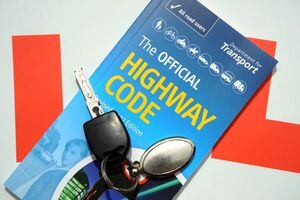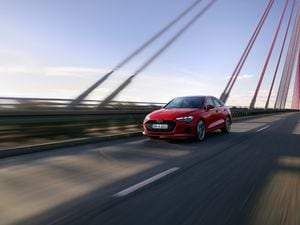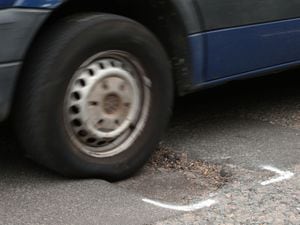Official stopping distances don’t go far enough, claims road safety charity
Brake publishes new research that casts doubt on Highway Code figures

Official stopping distances listed in the Highway Code are inaccurate, a road safety charity has claimed.
Brake has published research that suggests official figures for stopping distances underestimate the reaction times of drivers.
Conducted by the Transport Research Laboratory on behalf of the charity, the research showed that the average thinking time for motorists to respond to emergency situations is 1.5 seconds — more than twice the 0.67 seconds the Highway Code sets out.
As a result, the average total stopping distance — including thinking and braking distance — is 34 metres at 30mph, 11 metres further than stated in the Highway Code.
Jason Wakeford, spokesman for Brake, said: “These figures suggest stopping distances taught to new drivers in the Highway Code fall woefully short. Even though car braking technology has improved in recent years, the majority of the overall stopping distance at most speeds is actually made up of the time taken to perceive the hazard and react.
“The research shows that average thinking time is more than double that set out in the Highway Code. A true understanding of how long it takes to stop a car in an emergency is one of the most important lessons for new drivers. Understanding true average thinking time reminds all drivers how far their car will travel before they begin to brake − as well as highlighting how any distraction in the car which extends this time, like using a mobile phone, could prove fatal.
“Brake is calling on the Government to increase the stopping distances in the Highway Code as a matter of urgency.”
In response, a Department for Transport spokesperson said: “We have some of the safest roads in the world and we are always looking at ways to make them safer. Stopping distances in the Highway Code are intended to inform motorists of the thinking and braking time needed to stop a vehicle at different speeds. We will carefully consider these findings.”





